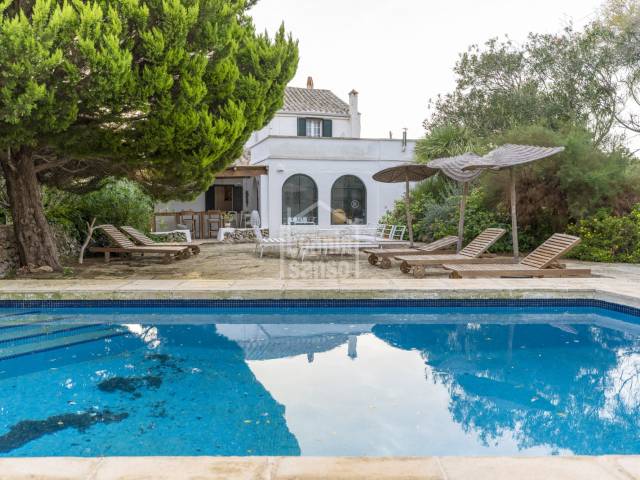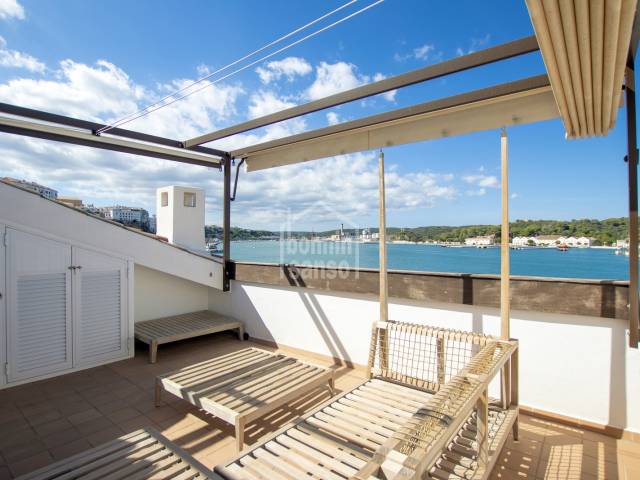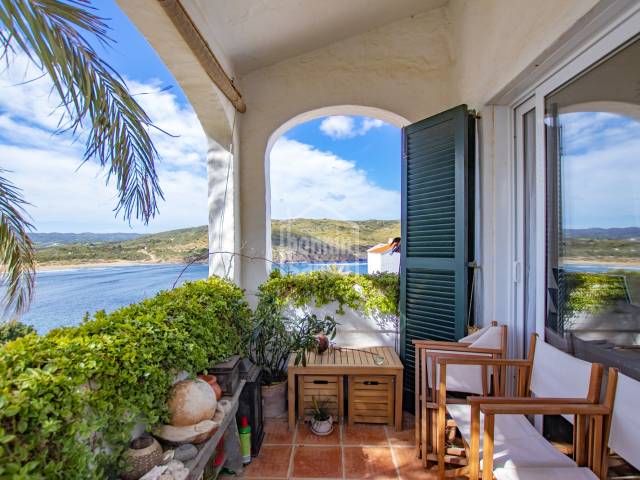Rif. 91347
Proprietà non disponibile sul web
Alcuni suggerimenti:
Incantevole finca rustica, un rifugio di tranquillità nel cuore della campagna minorchina, a pochi passi dal pittoresco villaggio di Sant Lluís. Qui, la quiete dell'ambiente rurale si combina...








Amazing views from this wonderful duplex in the Port of Mahon. The house is in perfect condition with two terraces to enjoy the wonderful views, one leading off the master bedroom and the other one...








Situata in una tranquilla urbanizzazione vicino a Fornells, questa affascinante villa a schiera è il rifugio perfetto per vivere tutto l'anno. Con viste mozzafiato sul mare, questa proprietà si...











